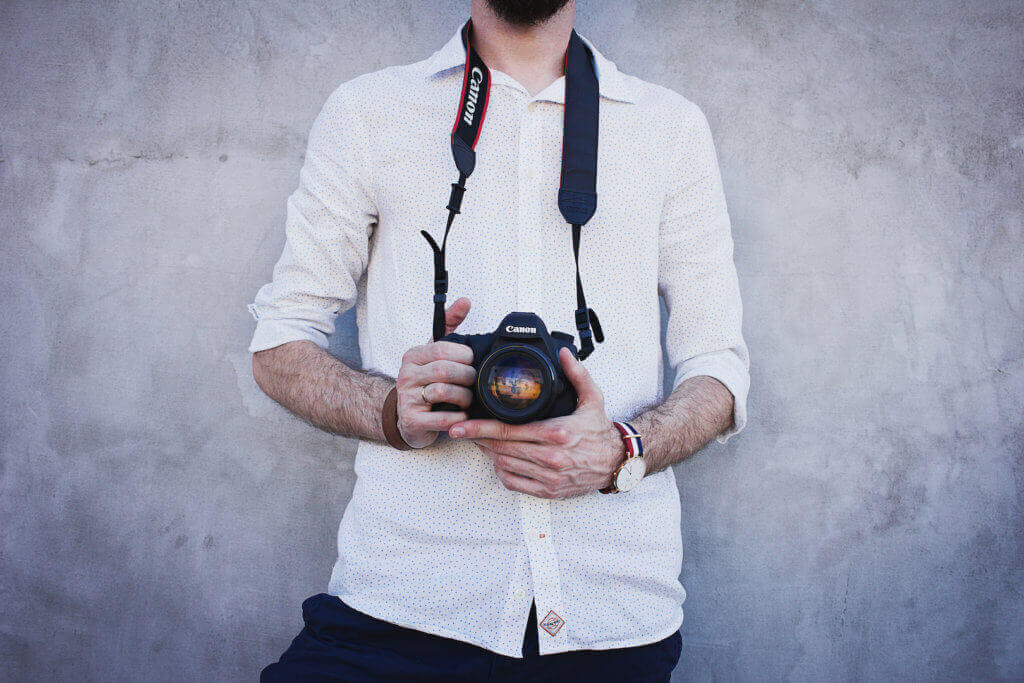
Search engine optimisation or SEO is the practice of making your website visible online in the unpaid search engine results. We have written many articles on the best practices for SEO but have you ever considered what role the images on your website play in driving traffic and generating bookings? Optimising images for search is often overlooked and we believe hoteliers are missing out on huge opportunities to win in organic search. We all know the expression ‘a picture is worth a thousand words’, well in this case a picture could be worth a thousand euro if used correctly.
So read our 7 top tips to optimise your images today!
1. Choose Your Website Imagery Carefully
Alongside price, location and guest reviews, images play a significant role in the browsing stage of the online booking process. Therefore, you should aim to wow visitors to your site with attractive imagery of your property and facilities, including any new or unique features. Considering both UX and SEO, original photography vs stock imagery is best where possible. Too much stock imagery won’t help your SEO, making it difficult to stand out from competitors. You can also run the risk of copyright infringement if you do not correctly source or reference stock photography. Do your research when it comes to investing in photography, as high-quality images help to tell the story of your property.
2. Categorise Your Website Images
When sourcing and optimizing photography for your website, make sure that your chosen images are topical and relevant to the page. For example, for Accommodation pages, ensure all images showcase hotel rooms and room facilities, while the Dining section of the site should provide quality imagery of bars, restaurants, etc. Individual image galleries, such as a Wedding Gallery page, can also be effective in building engagement on your hotel site.
3. Make Your Image File Names SEO-Friendly
By default, digital photography often follows a numerical naming convention, resulting in file names with little or no relevance to the image subject. When uploading images to your site, we often mistakenly take the easy option of making bulk uploads directly from a device. However, for SEO best practice, it is crucial to assign descriptive names to images files, with important keywords in the titles.




